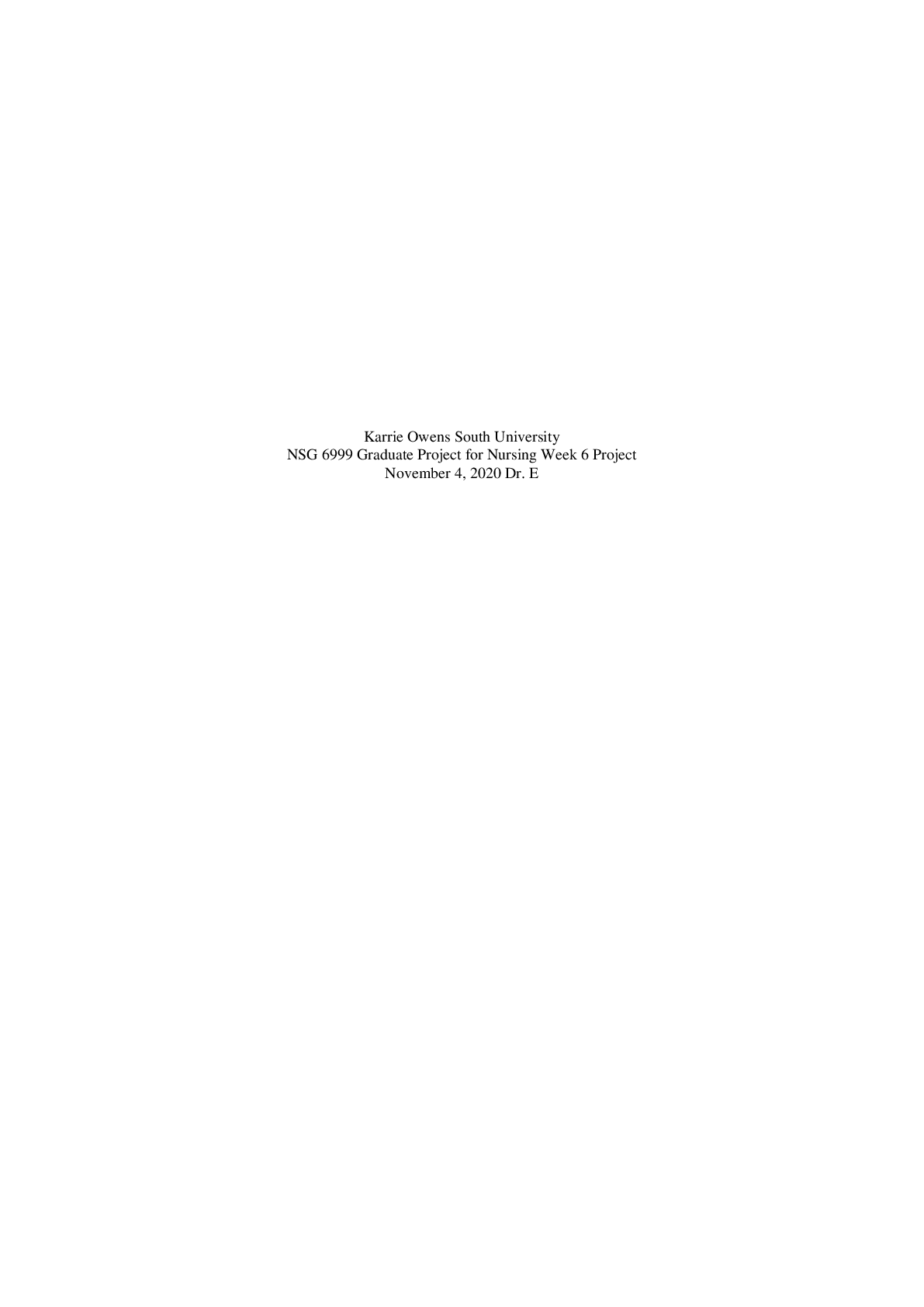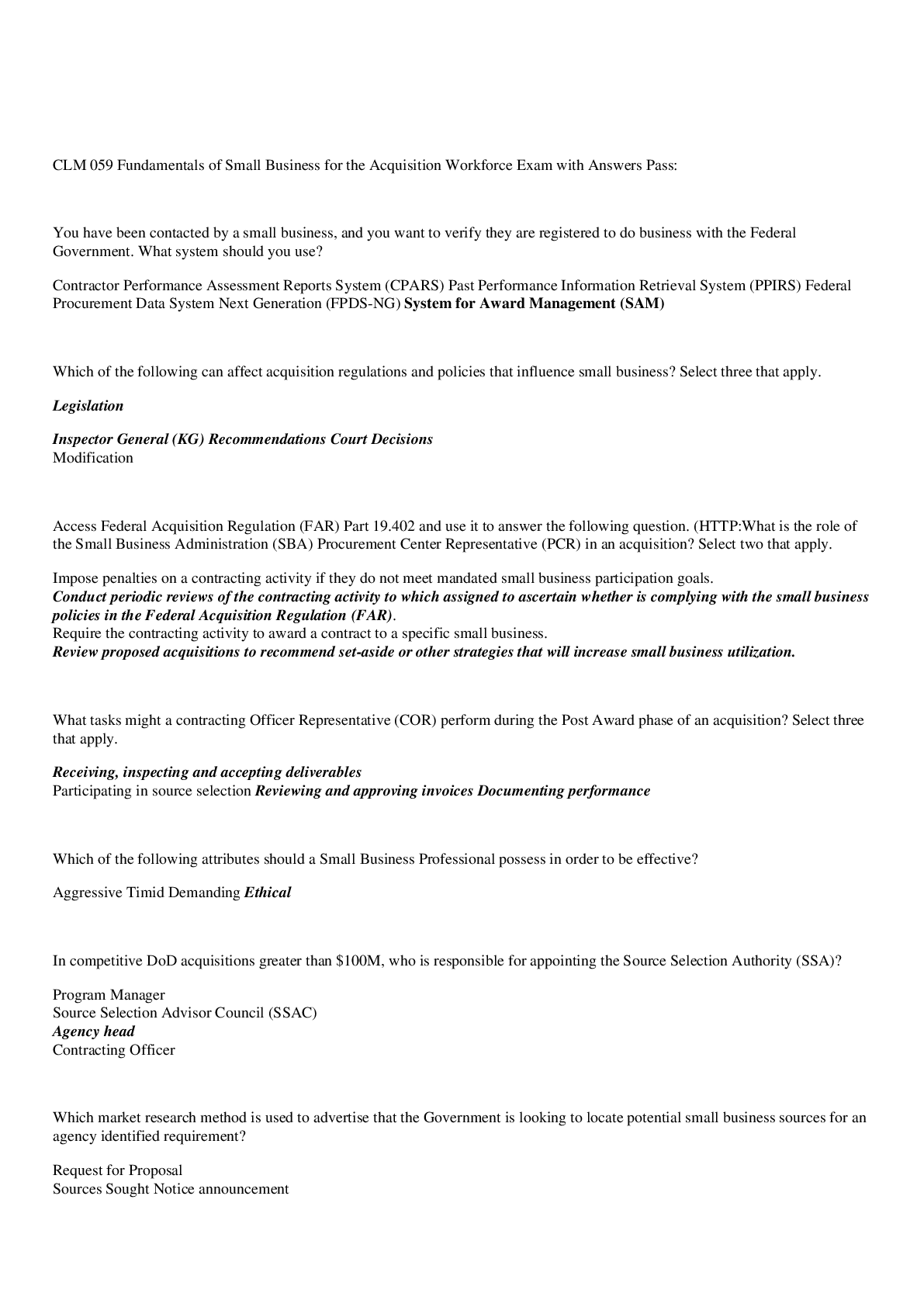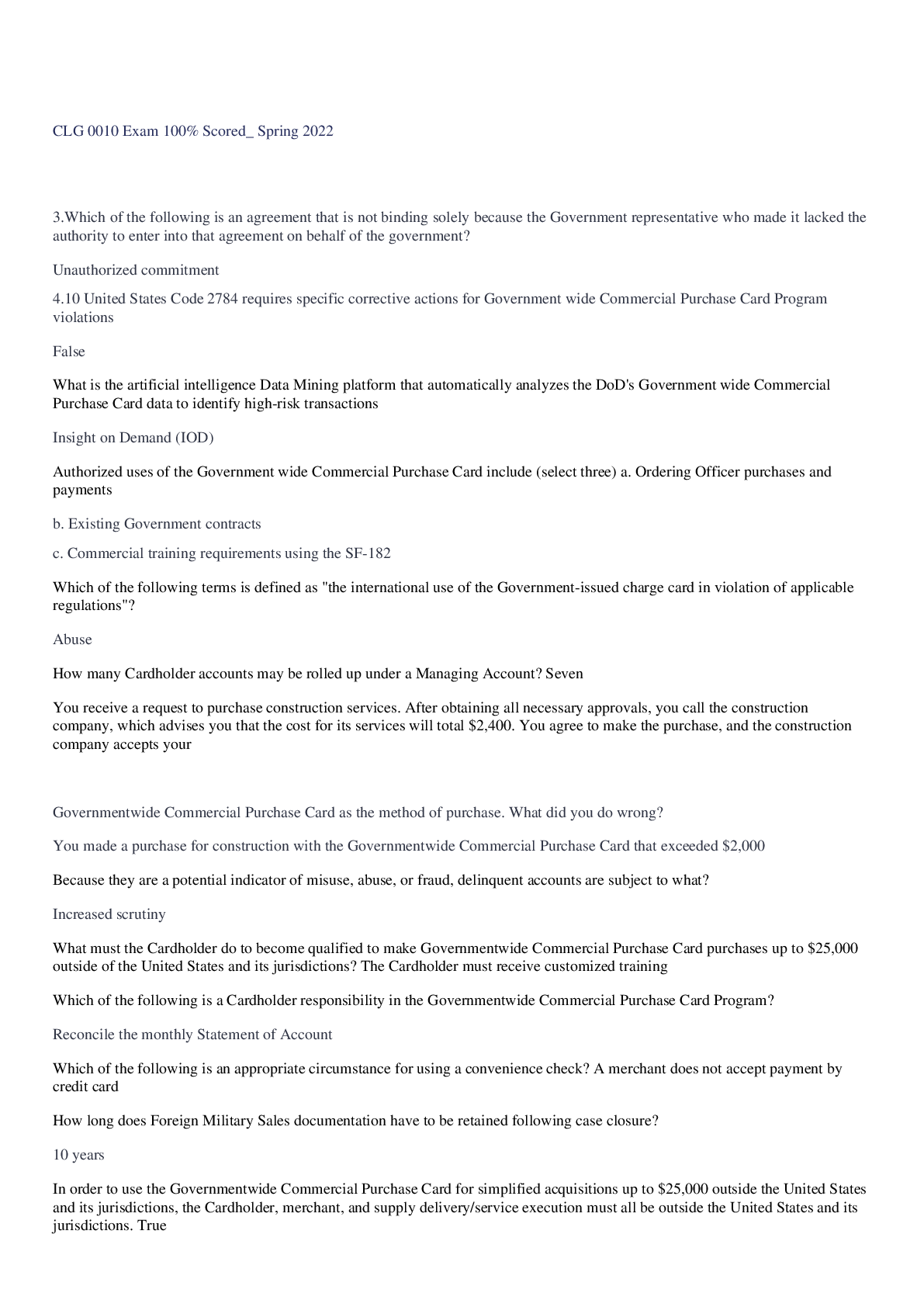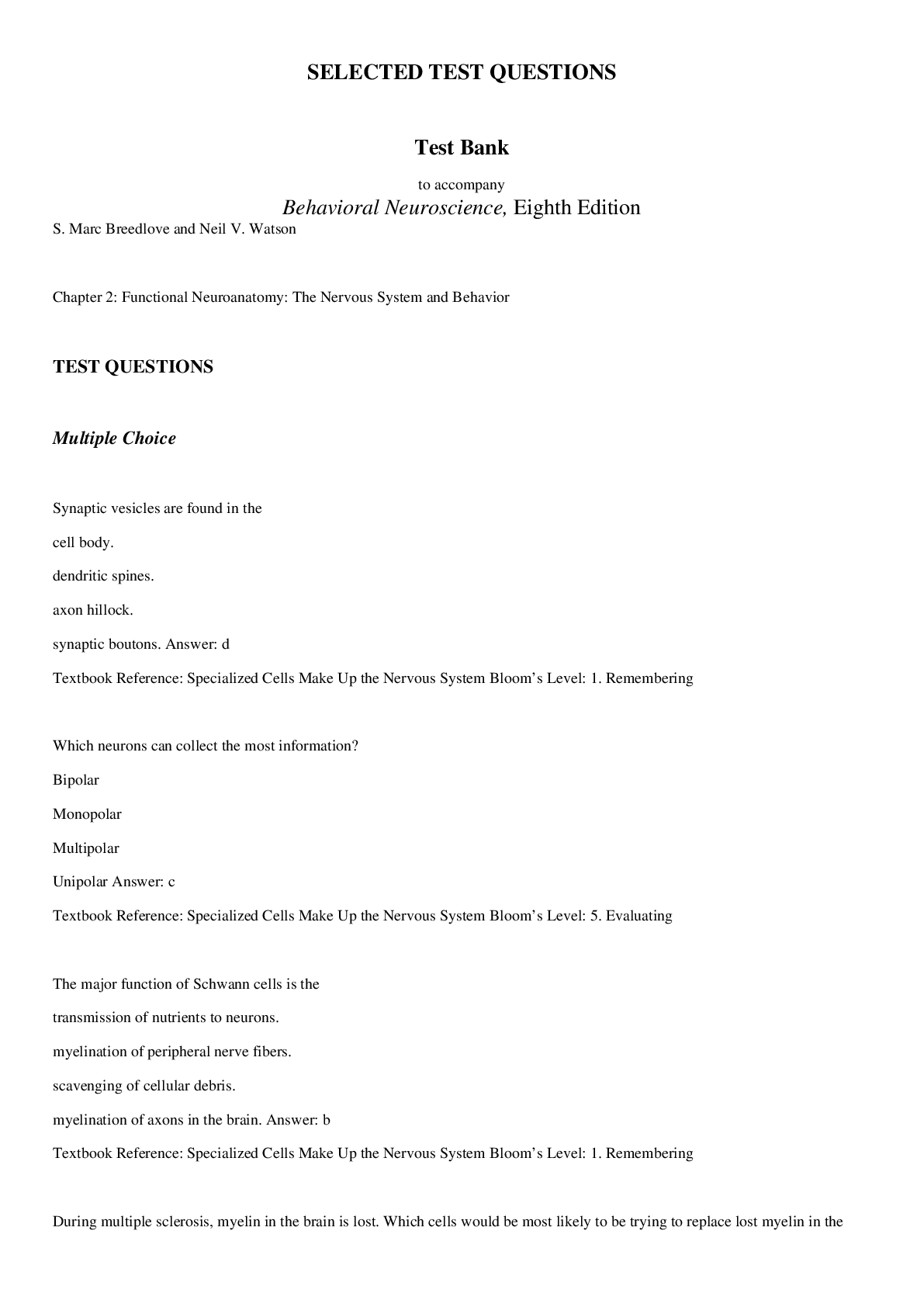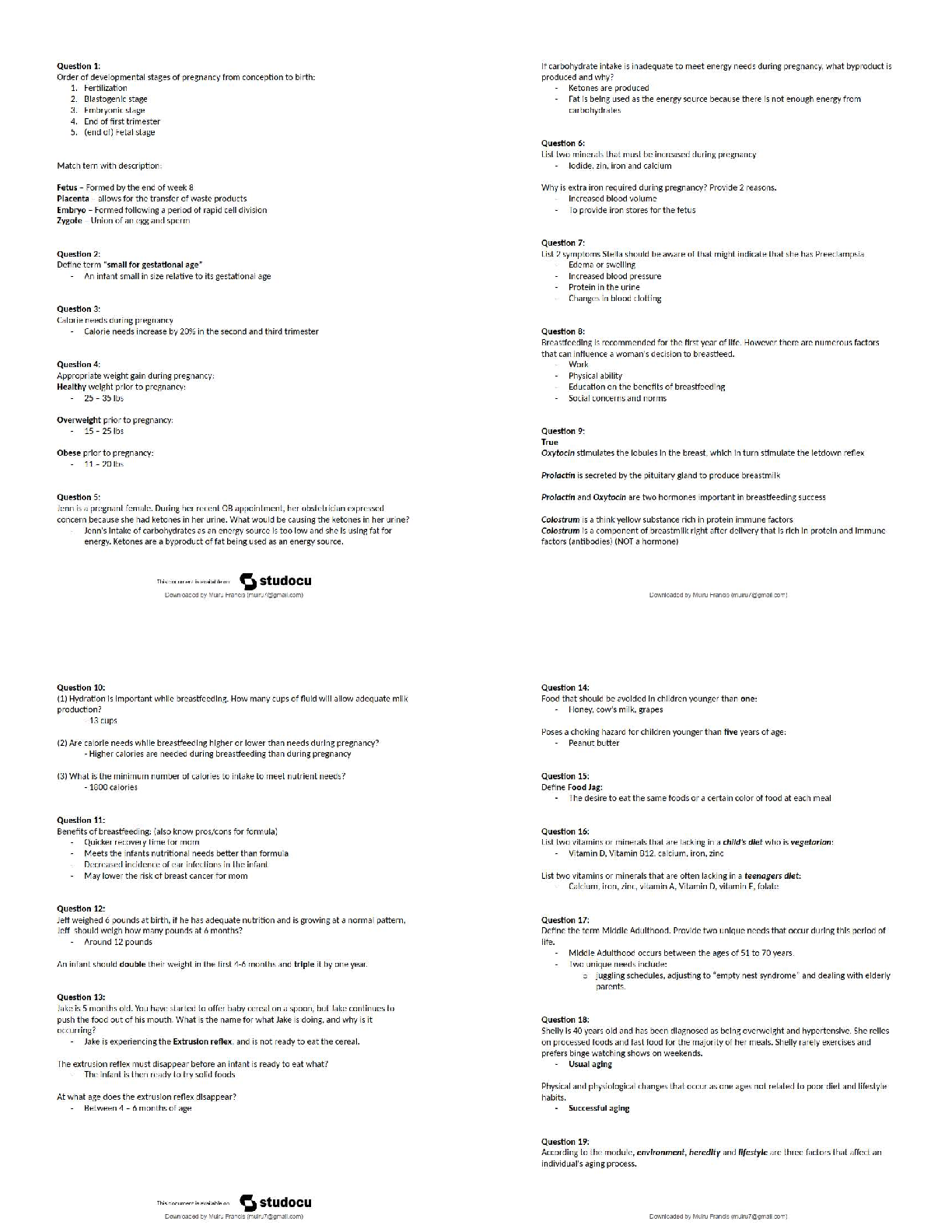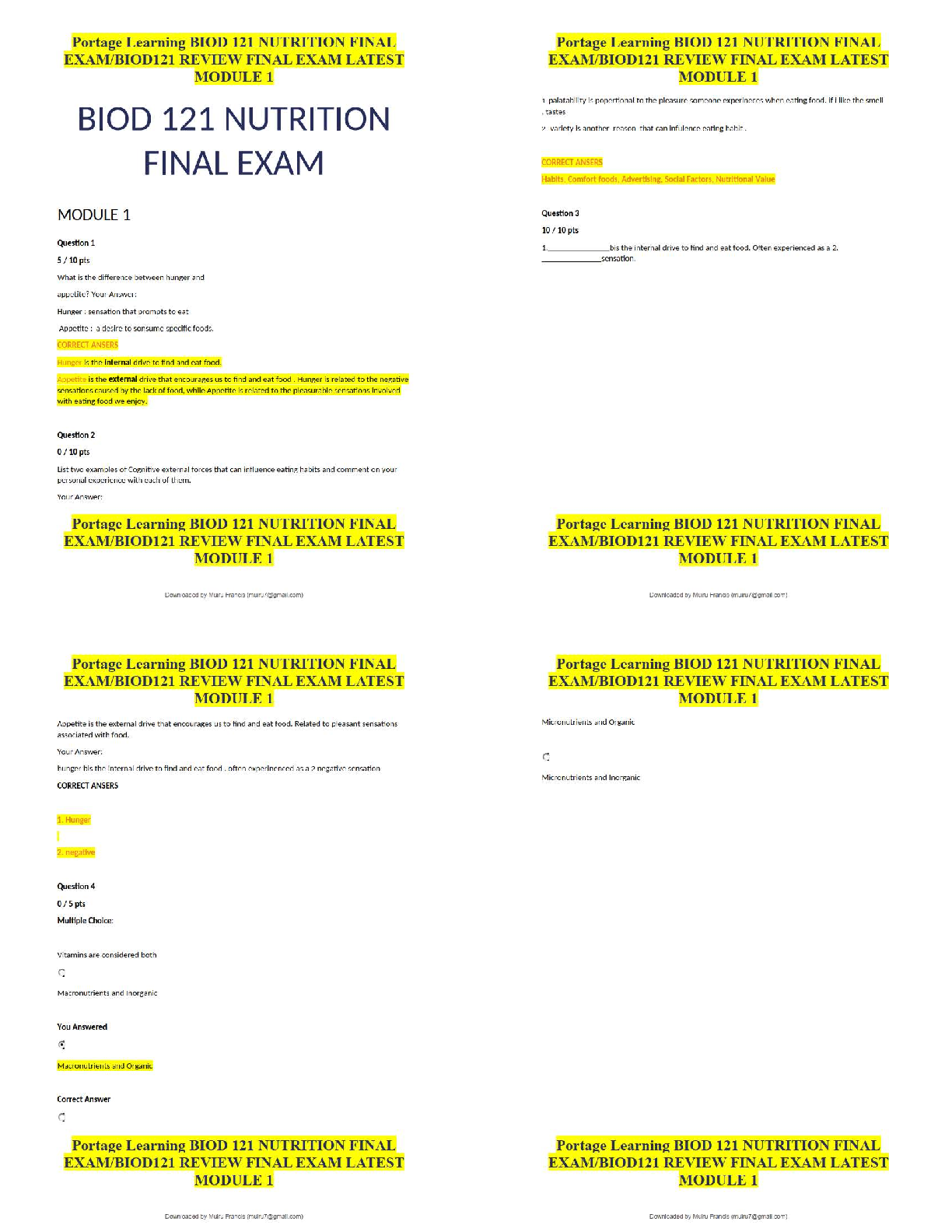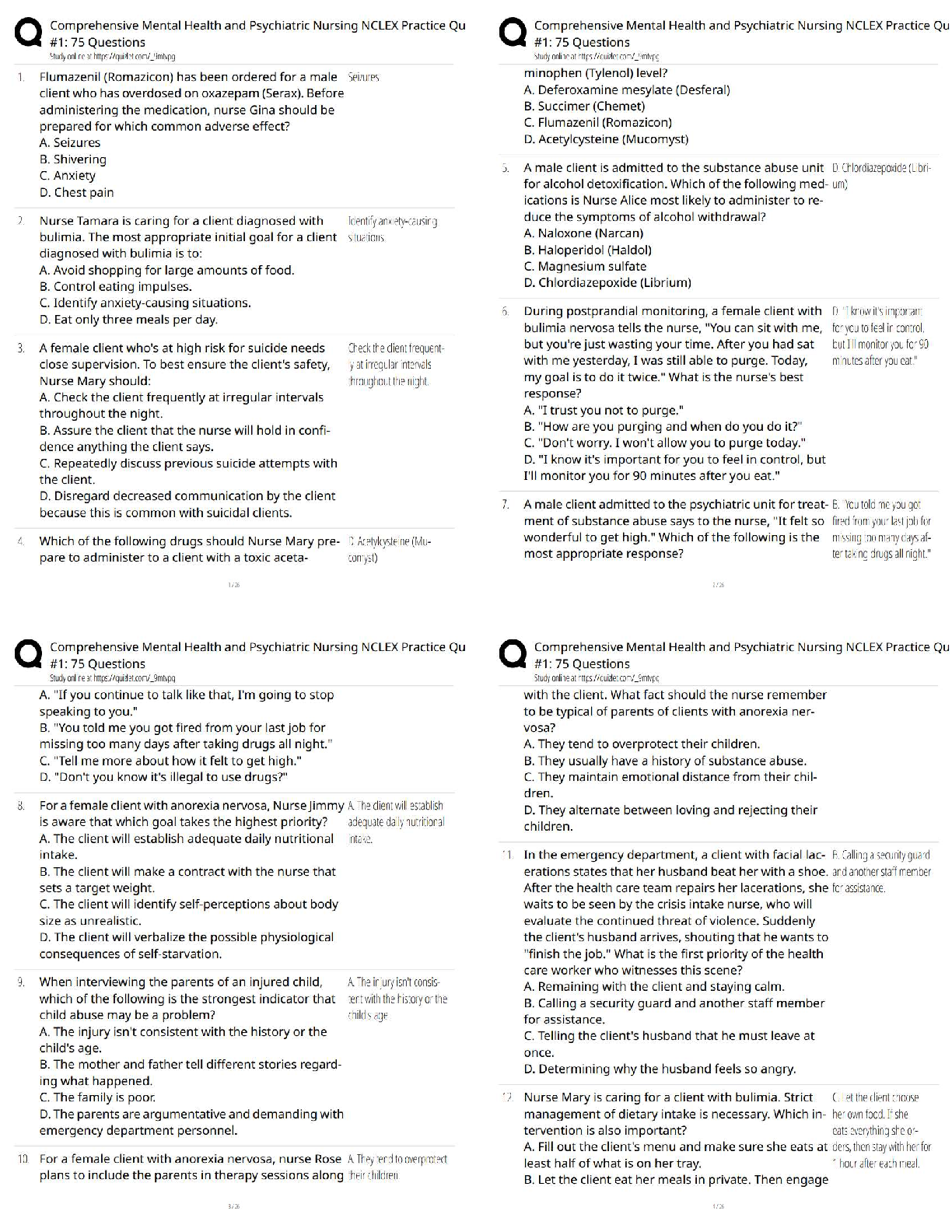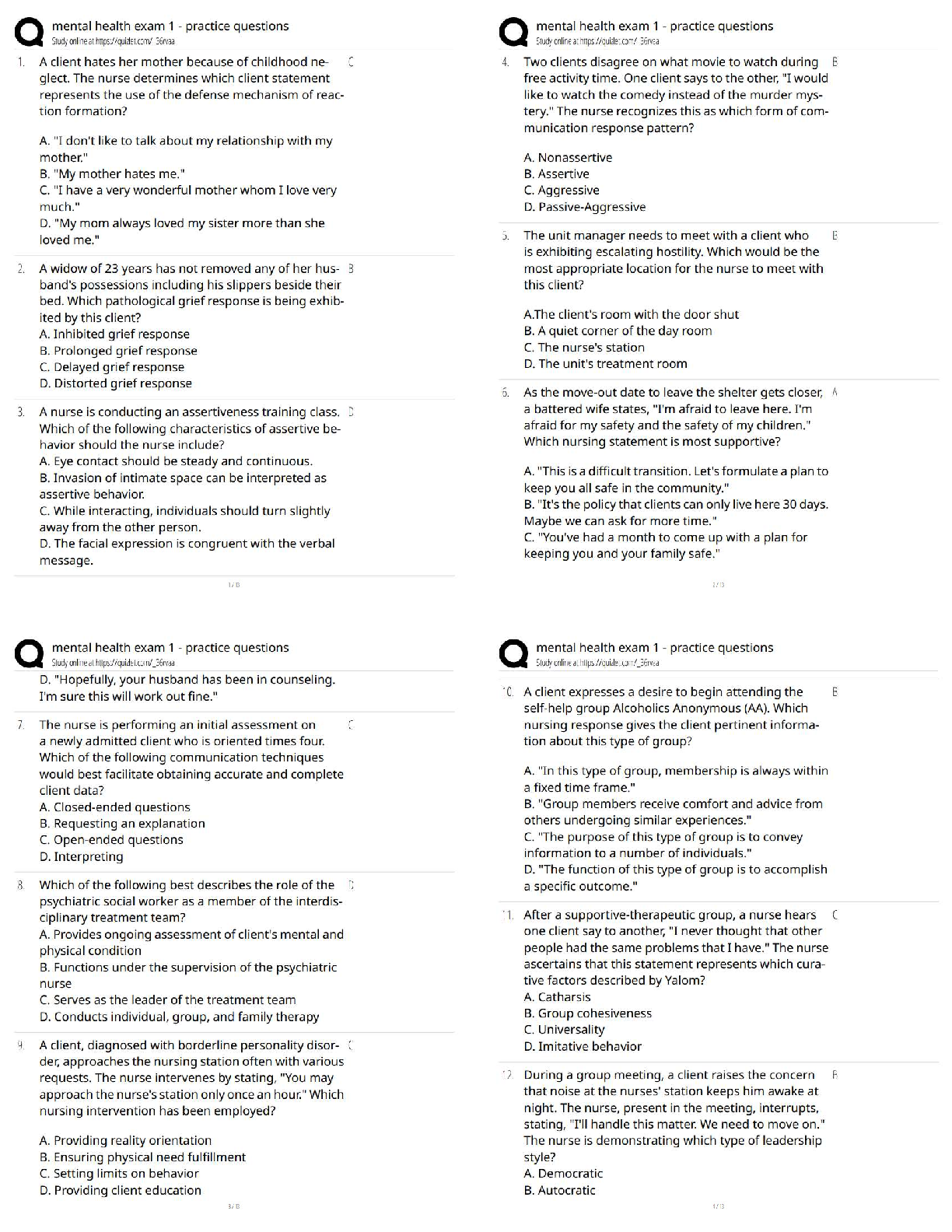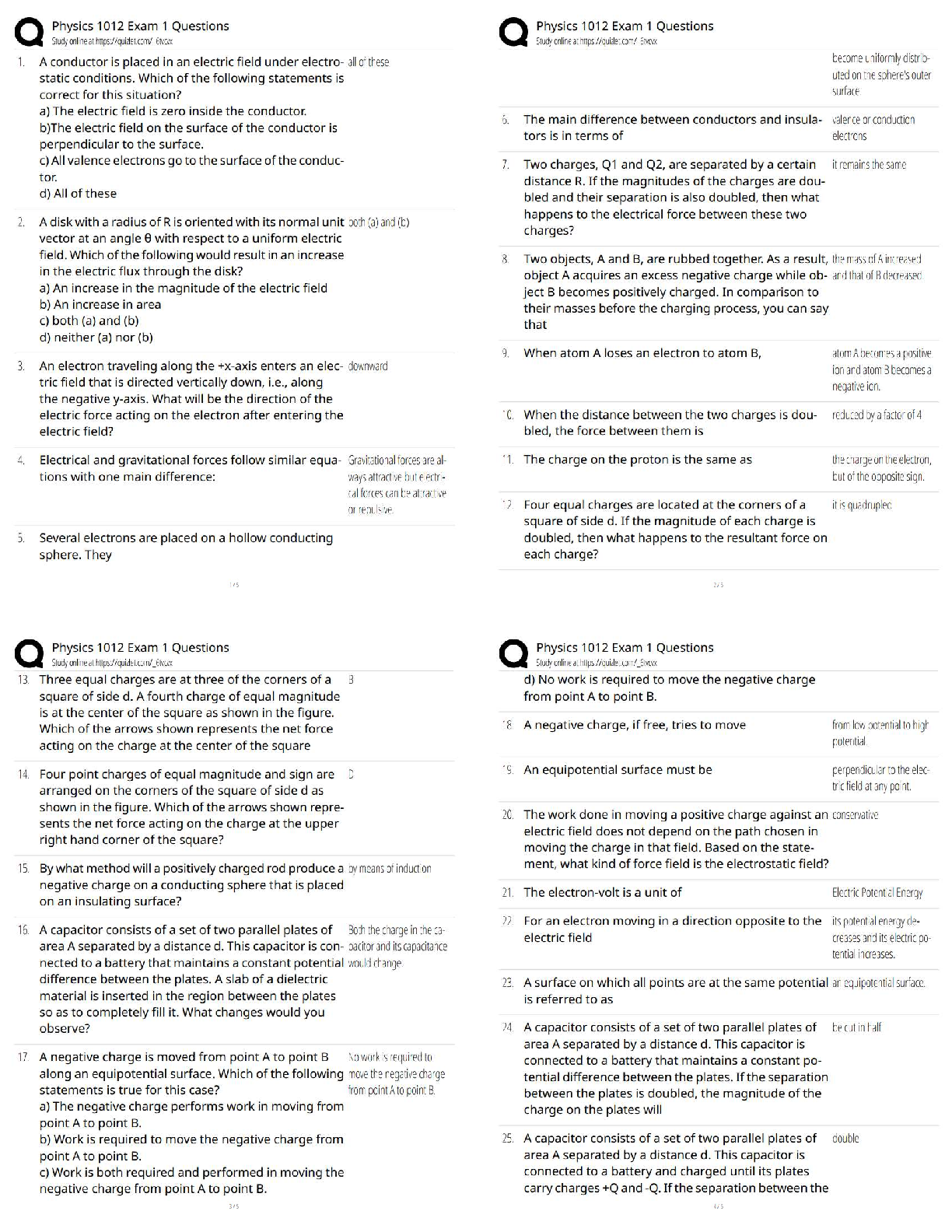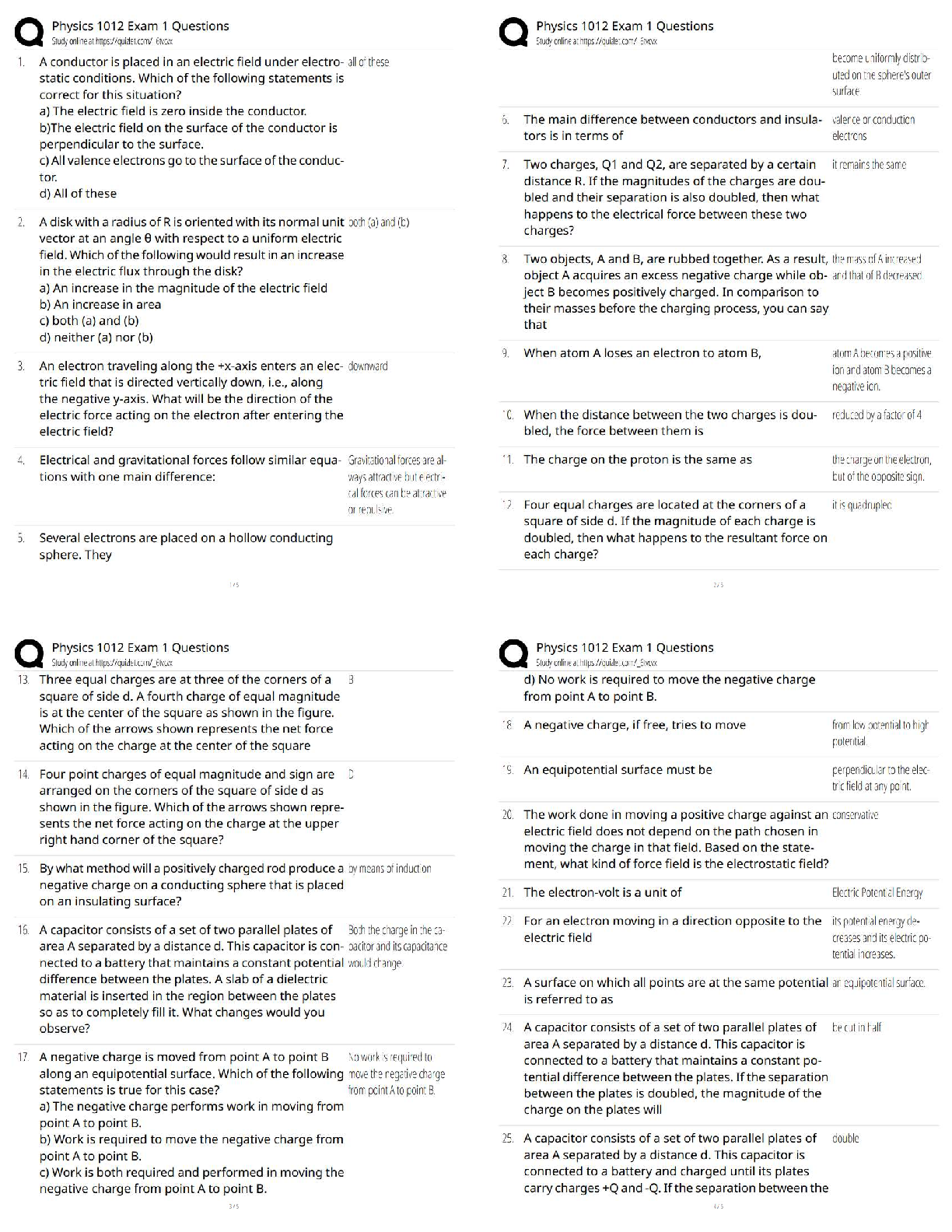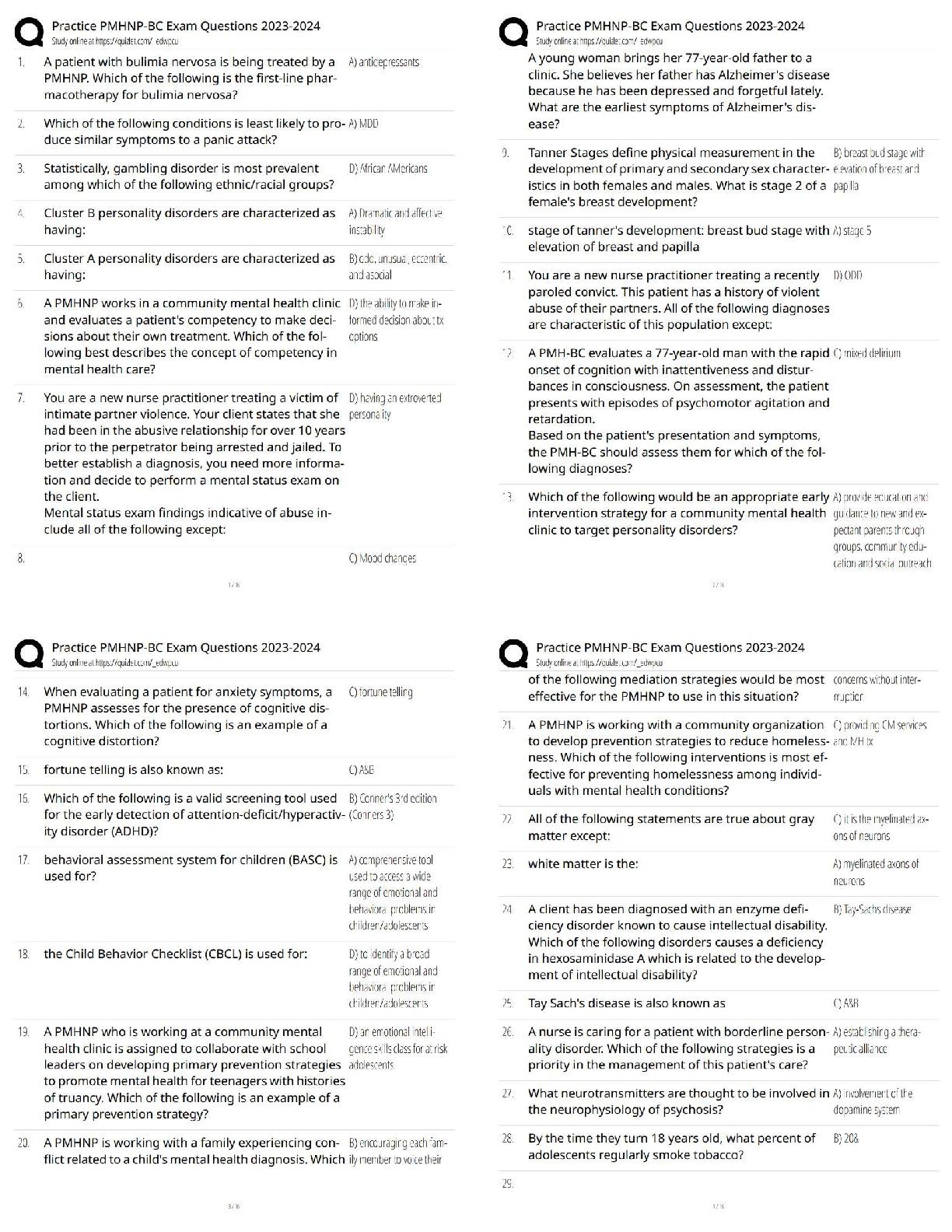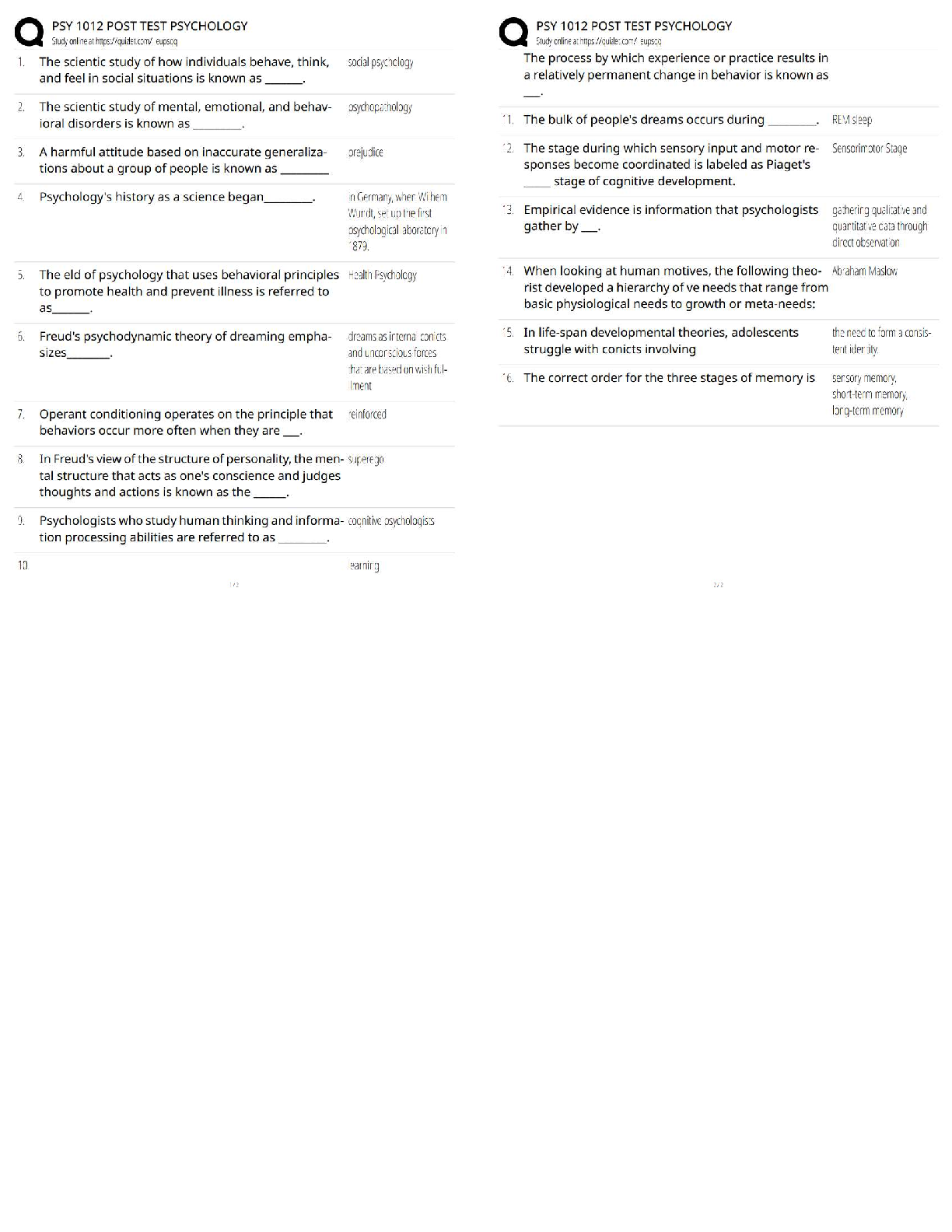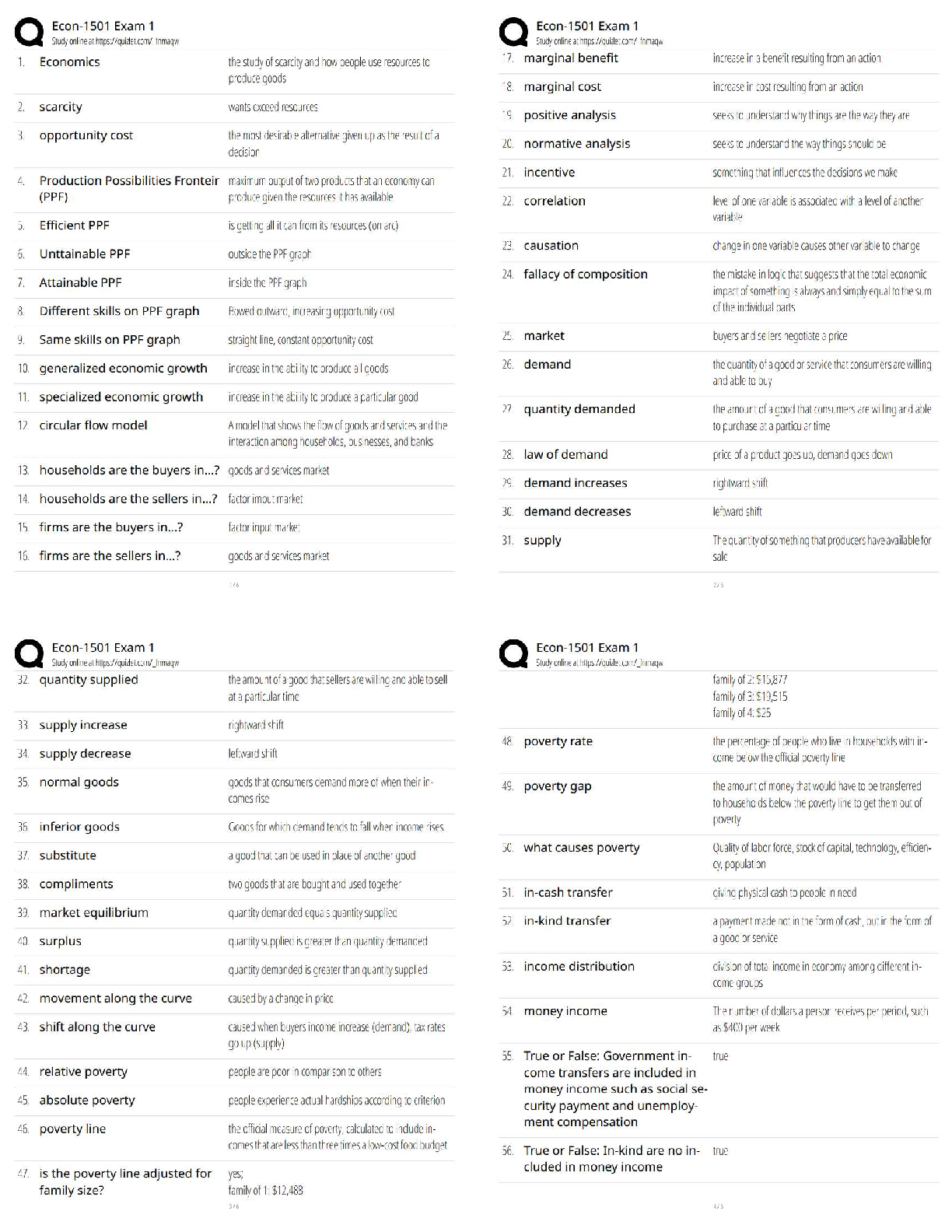
Comprehensive Module 2 Final Exam Part 1 2021 complete exam solution
$ 9.5
.png)
BioChem C785 - WGU - Module 3 - all questions with complete solutions
$ 10

Exam (elaborations) NR 511 NR511 Final Exam Study Guide
$ 15

SBB 5261 Exam 3 Questions and Answers Rated A+
$ 8
.png)
Multiple Choice Questions FOR ACCOUNTING 2021/2022
$ 16

Fundamental Managerial Accounting Concepts, 10th Edition by Edmonds; Christopher; Mark and Philip | TEST BANK
$ 29
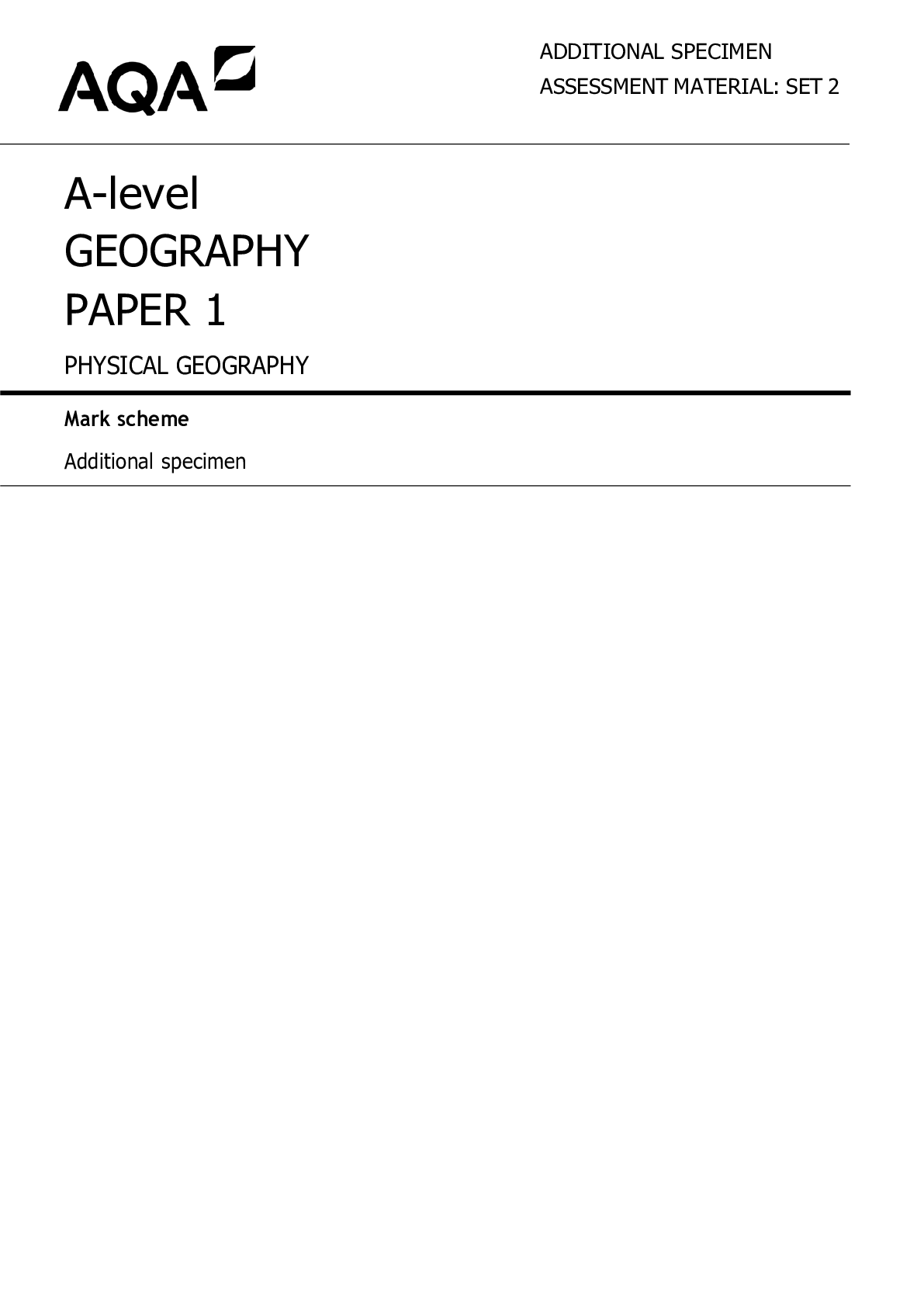
AQA A-level GEOGRAPHY PAPER 1 PHYSICAL GEOGRAPHY
$ 10
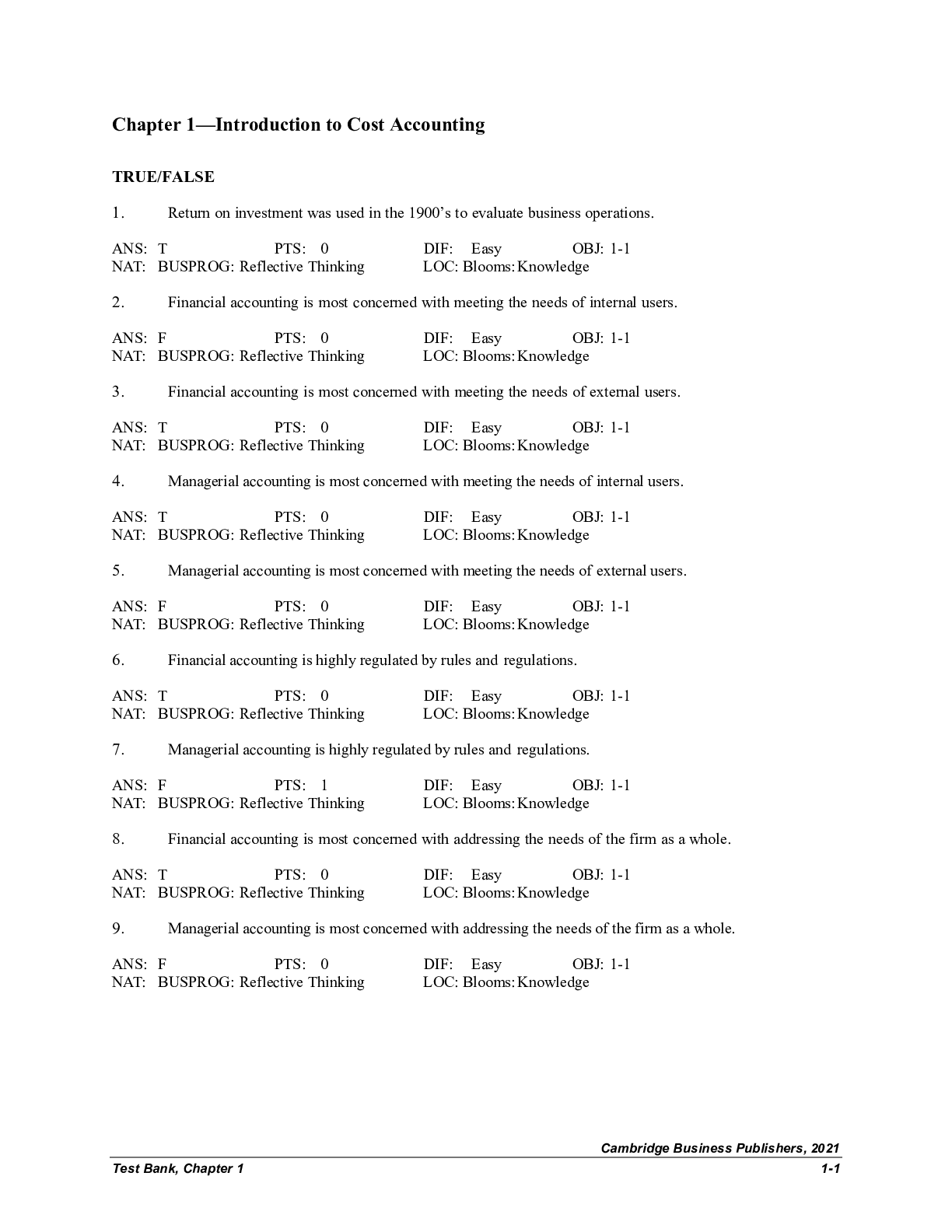
Cost Accounting, Foundations & Evolutions, 10th Edition by Michael Kinney, Raiborn, Dragoo | TEST BANK
$ 33
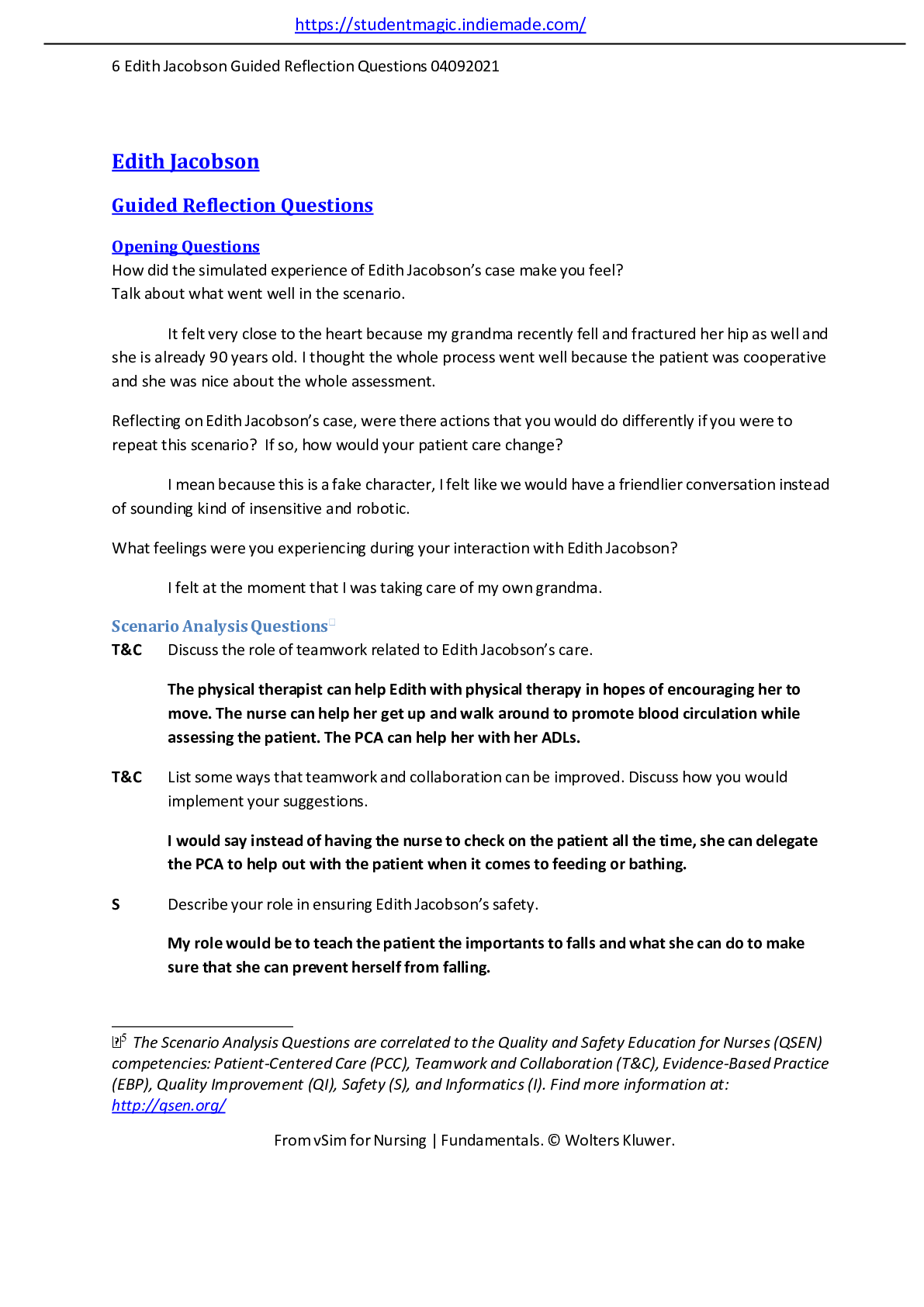
vSIM FOR NURSING FUNDAMENTALS-Edith Jacobson Guided Reflection
$ 14

Art and Creative Development for Young Children 8th Edition By Jill Englebright Fox, Robert Schirrmacher (Test Bank All Chapters, 100% original verified, A+ Grade)
$ 24

CWV 101 Class Final Exam With Answers
$ 13.5
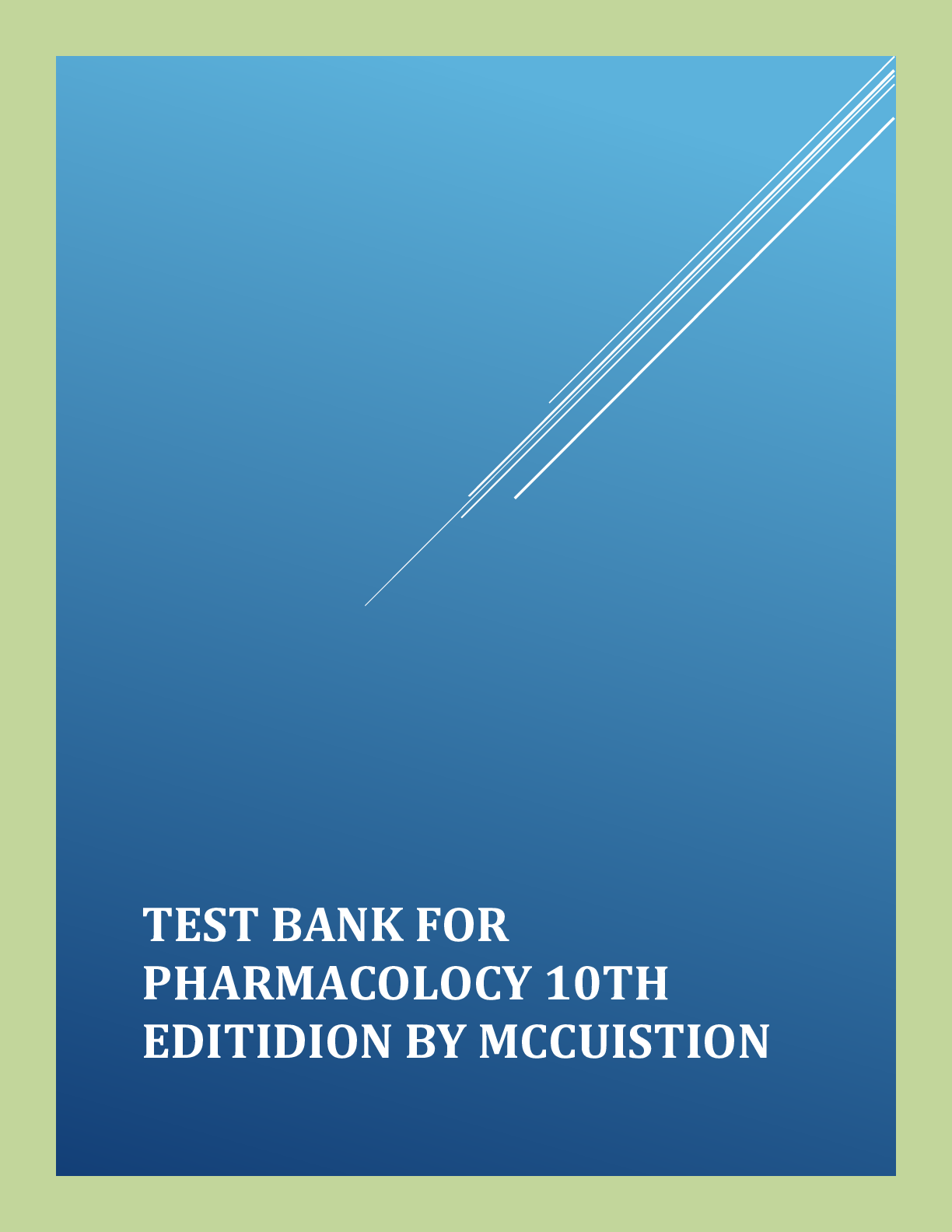
: The Nursing Process and Patient-Centered Care
$ 13

TEST BANK for Understanding Social Problems 11th Edition. by Linda A. Mooney; Molly Clever; Marieke Van Willigen. All Chapters 1-15
$ 22

eBook CCRN review book and study guide Exam Book with 450 Questions and 3 Practice Tests for Critical Care Nursing Certification 1st Edition By Pawla Sara Lukas
$ 30

STRAIGHTERLINE BIO250L Lab 7 Microbial Control 2022
$ 11
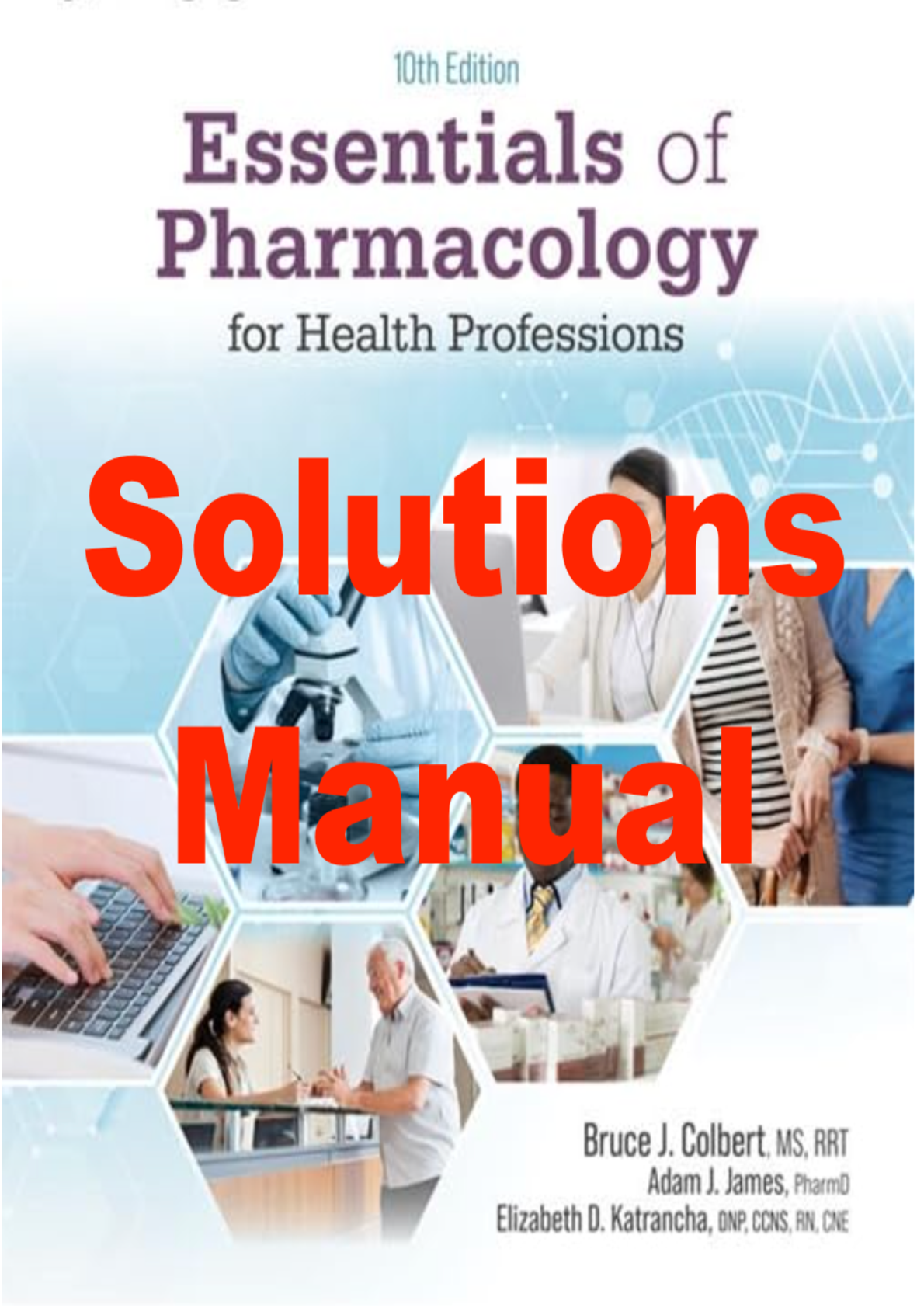
Solutions Manual For Essentials of Pharmacology for Health Professions 10th Edition By Bruce Colbert, Elizabeth Katrancha (All Chapters 1-27
$ 25
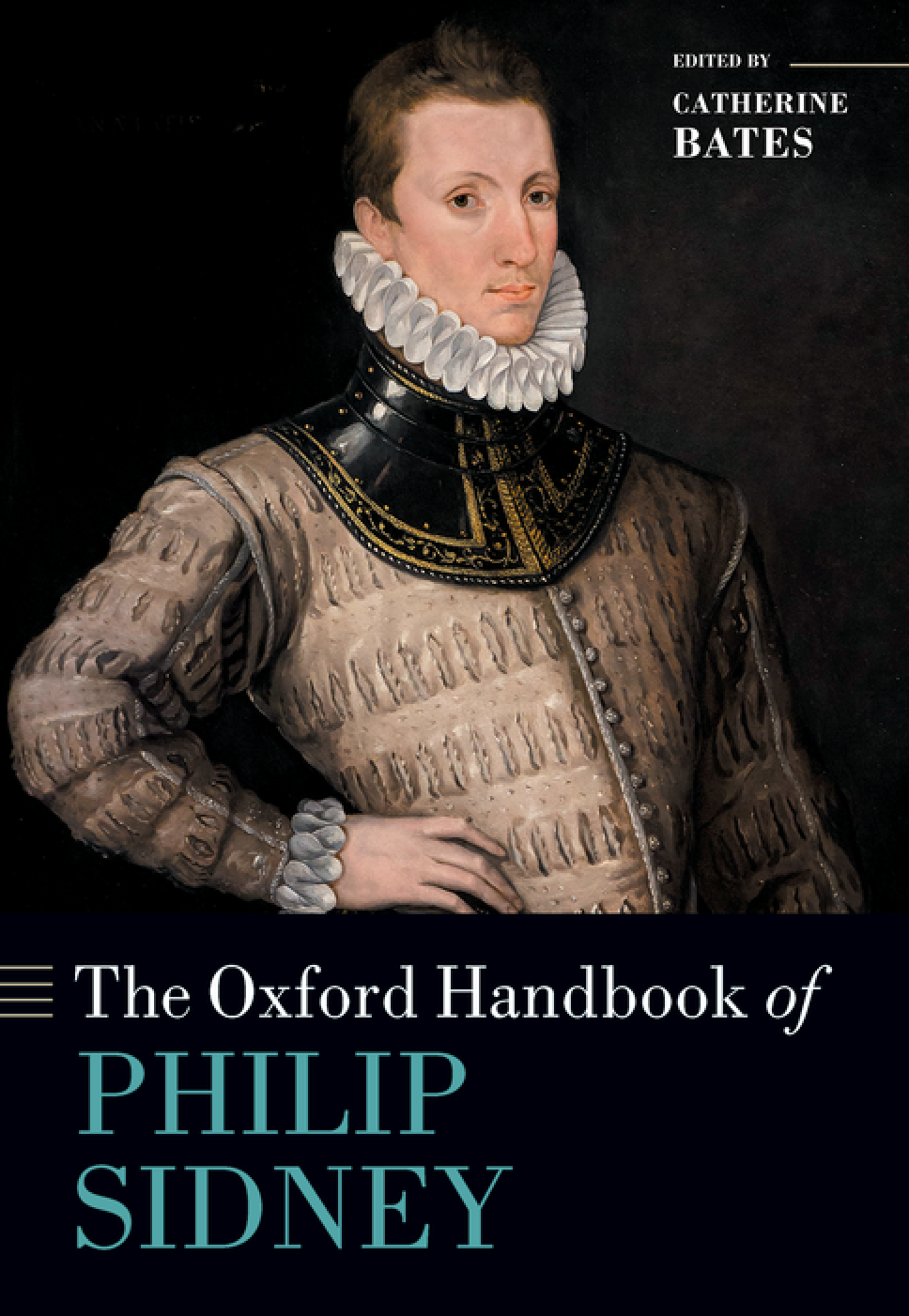
eBook The Oxford Handbook of Philip Sidney 1st Edition by Catherine Bates
$ 30
.png)
USMLE Step 1 Biostatistics-Epidemiology (Complete Solution)
$ 7
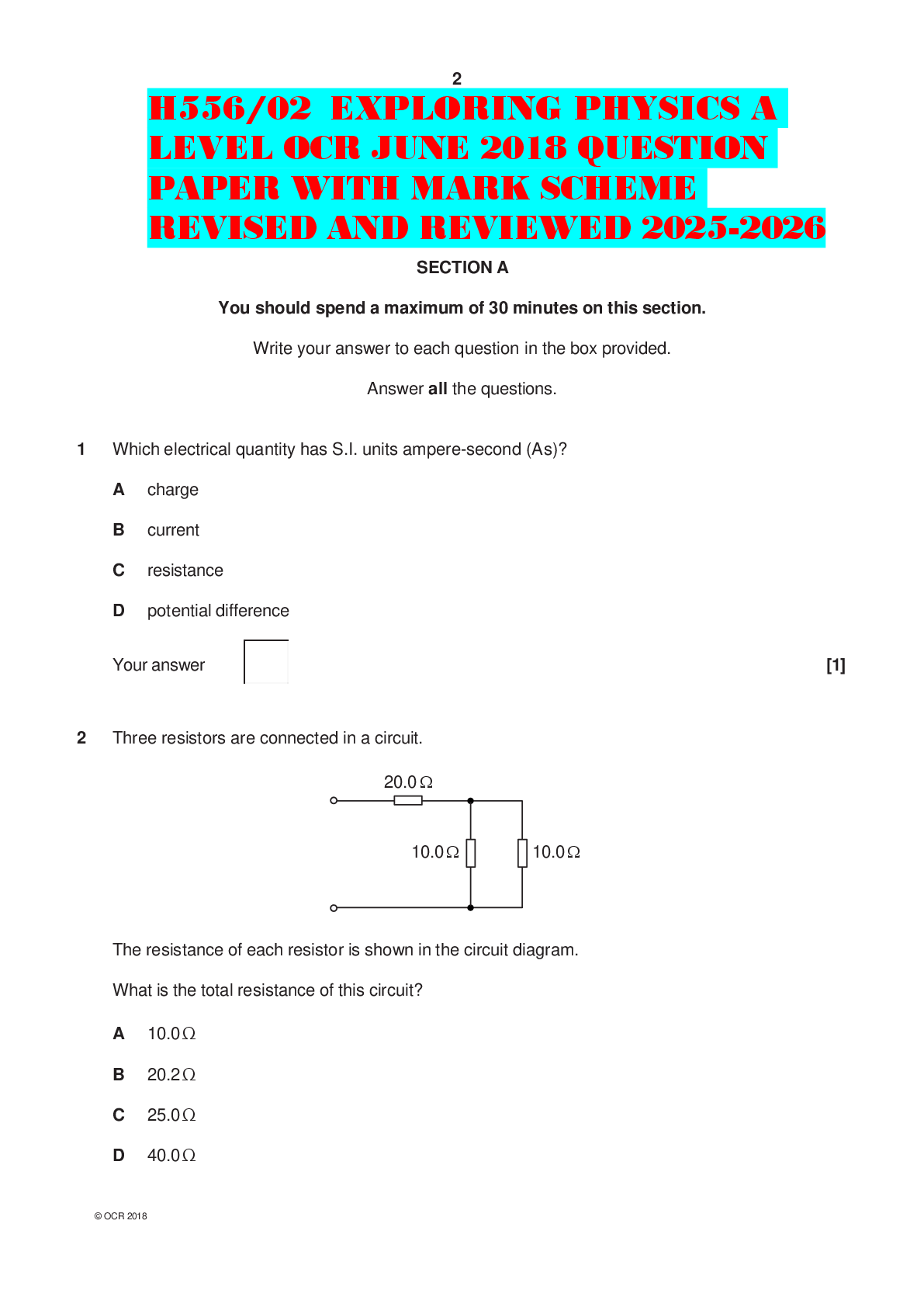
H556/02 EXPLORING PHYSICS A LEVEL OCR JUNE 2018 QUESTION PAPER WITH MARK SCHEME REVISED AND REVIEWED 2025-2026
$ 21
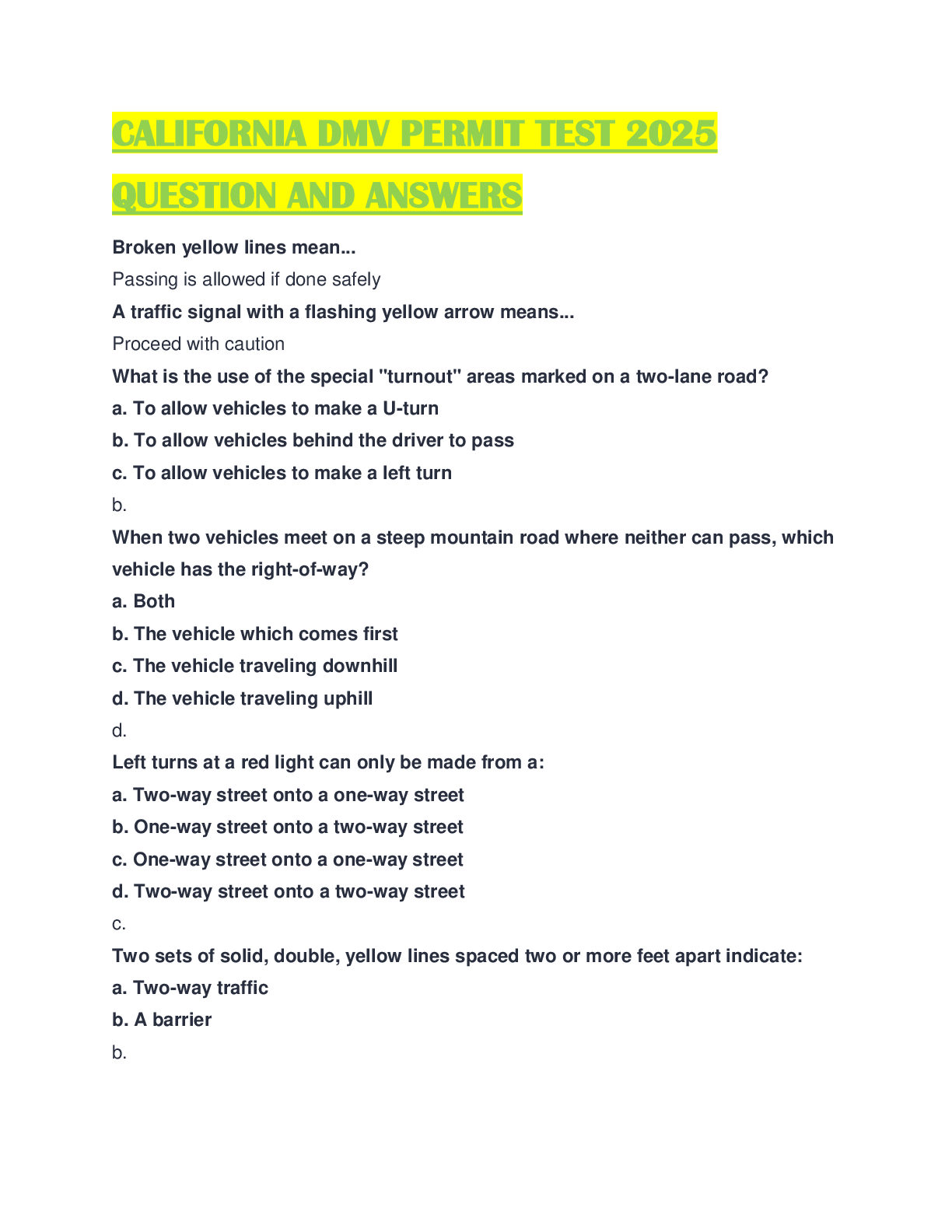
CALIFORNIA DMV PERMIT TEST 2025 QUESTION AND ANSWERS
$ 17

ATI TEAS 7 READING ; 45 QUESTIONS & ANSWERS

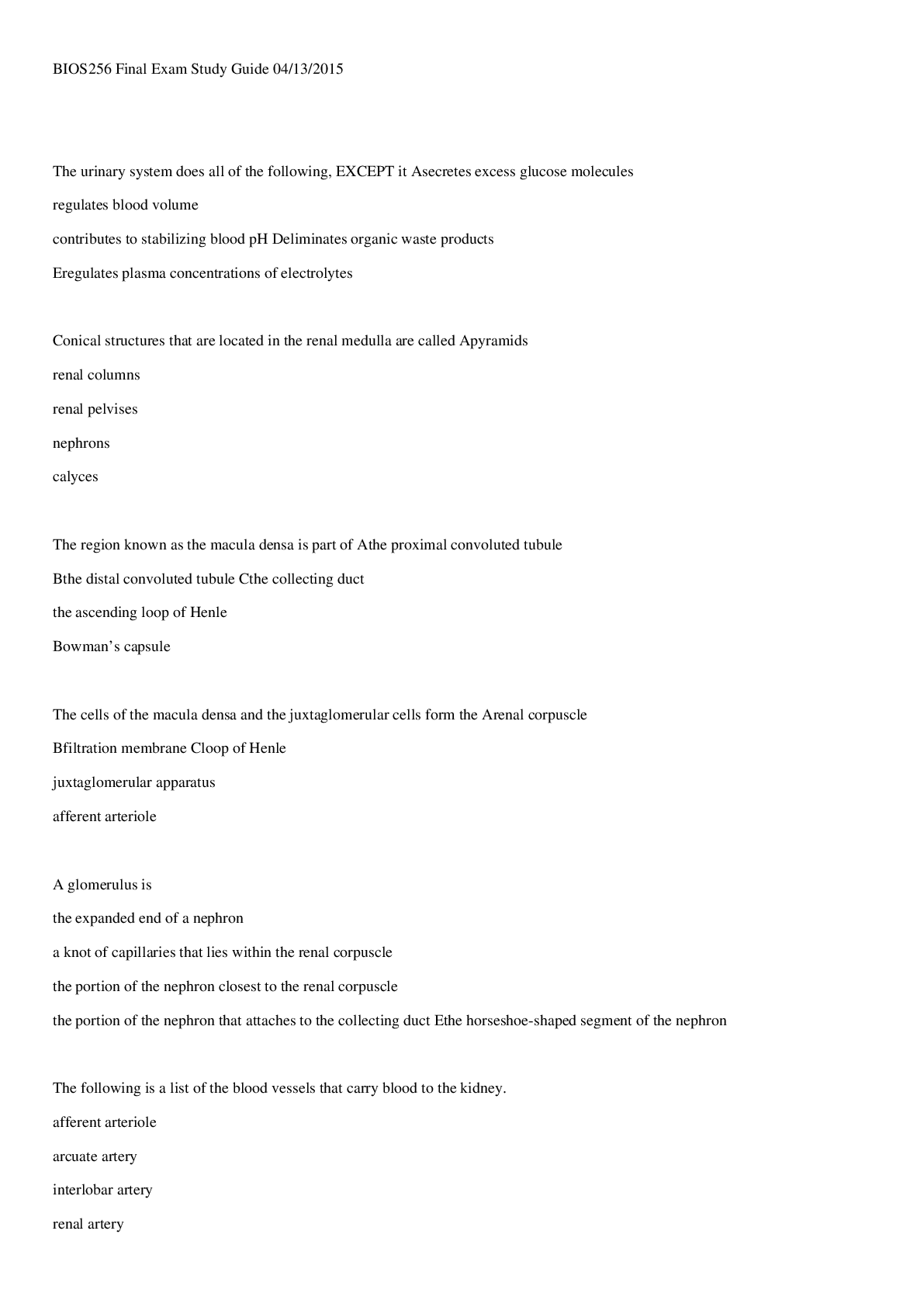

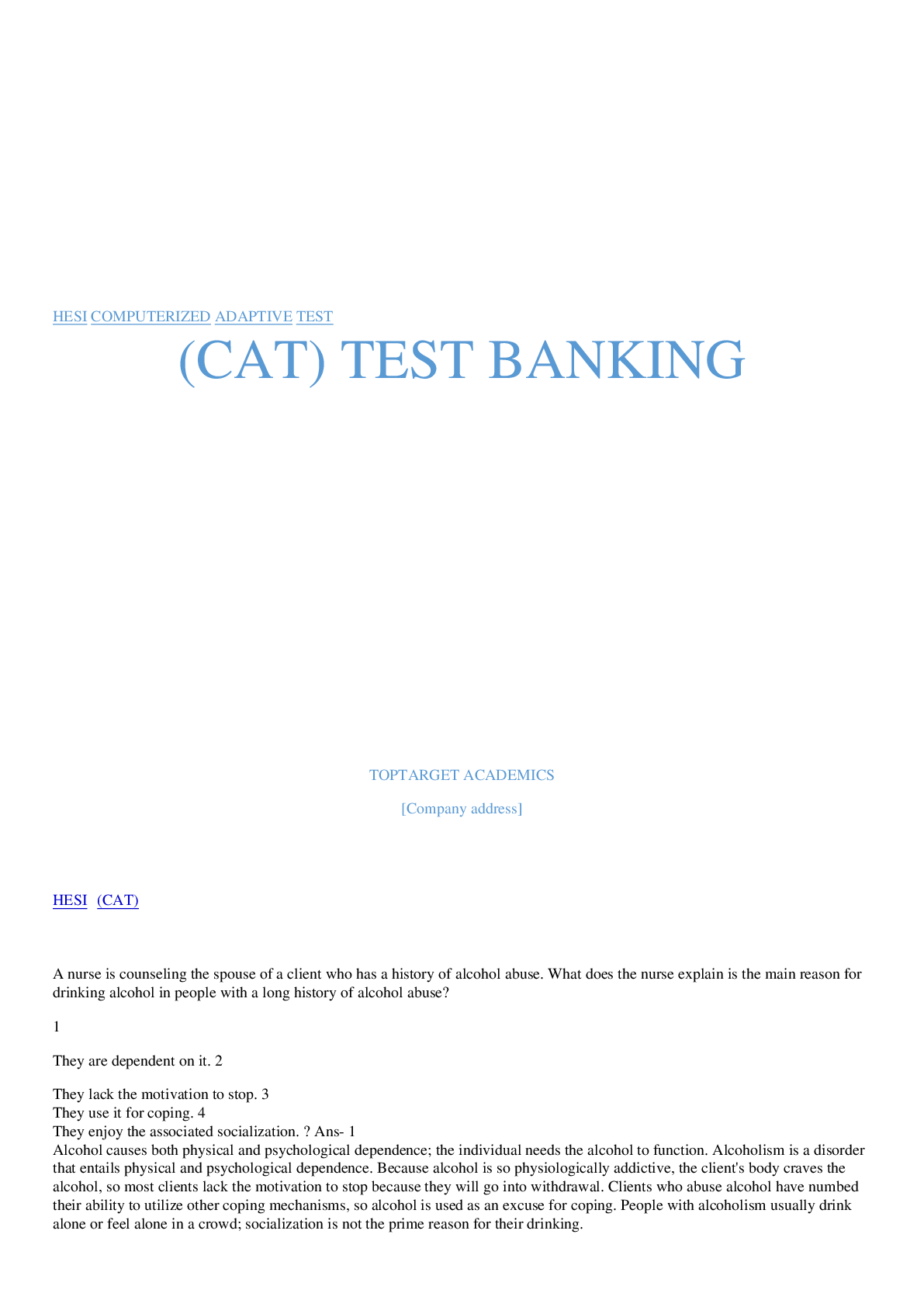
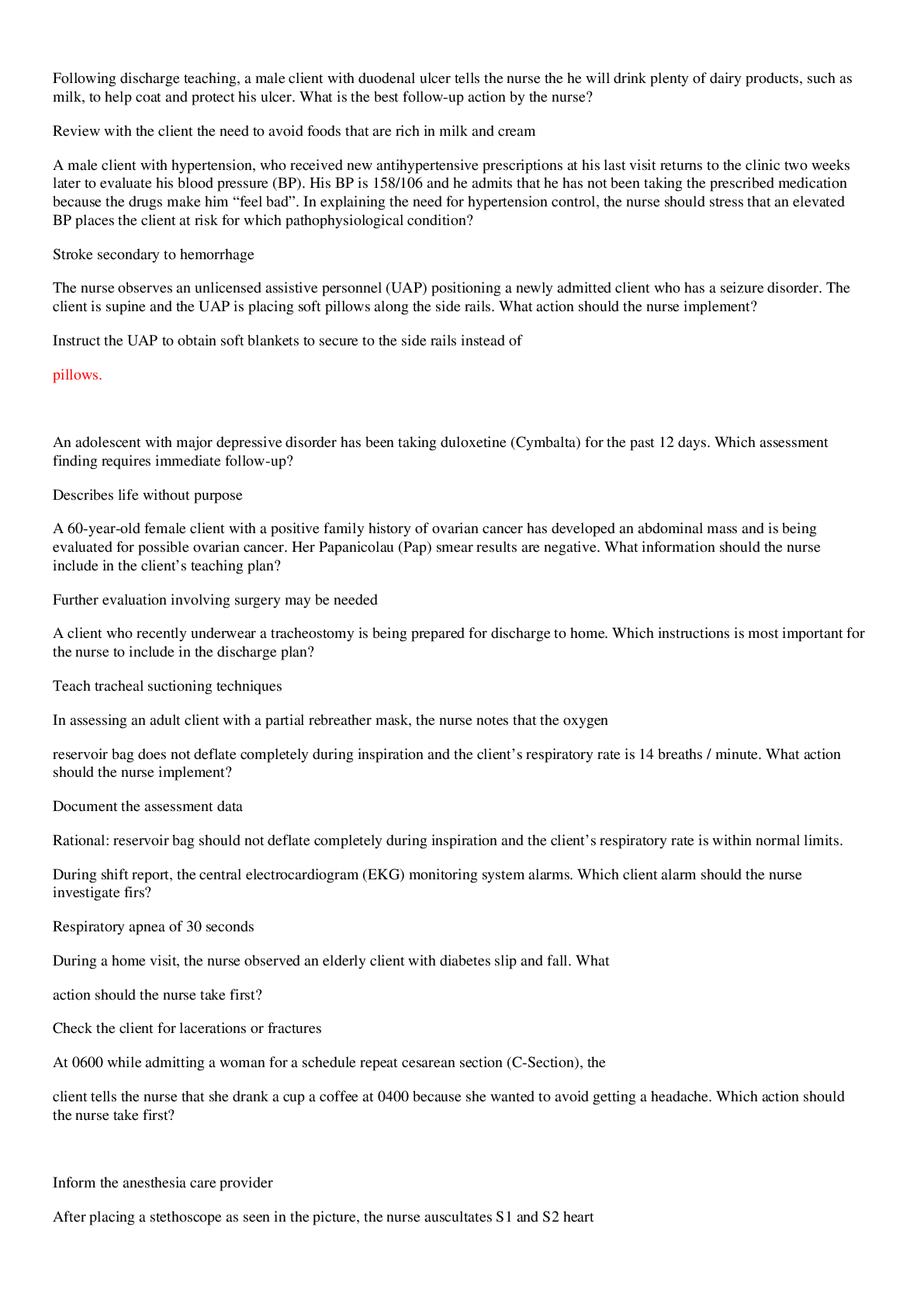
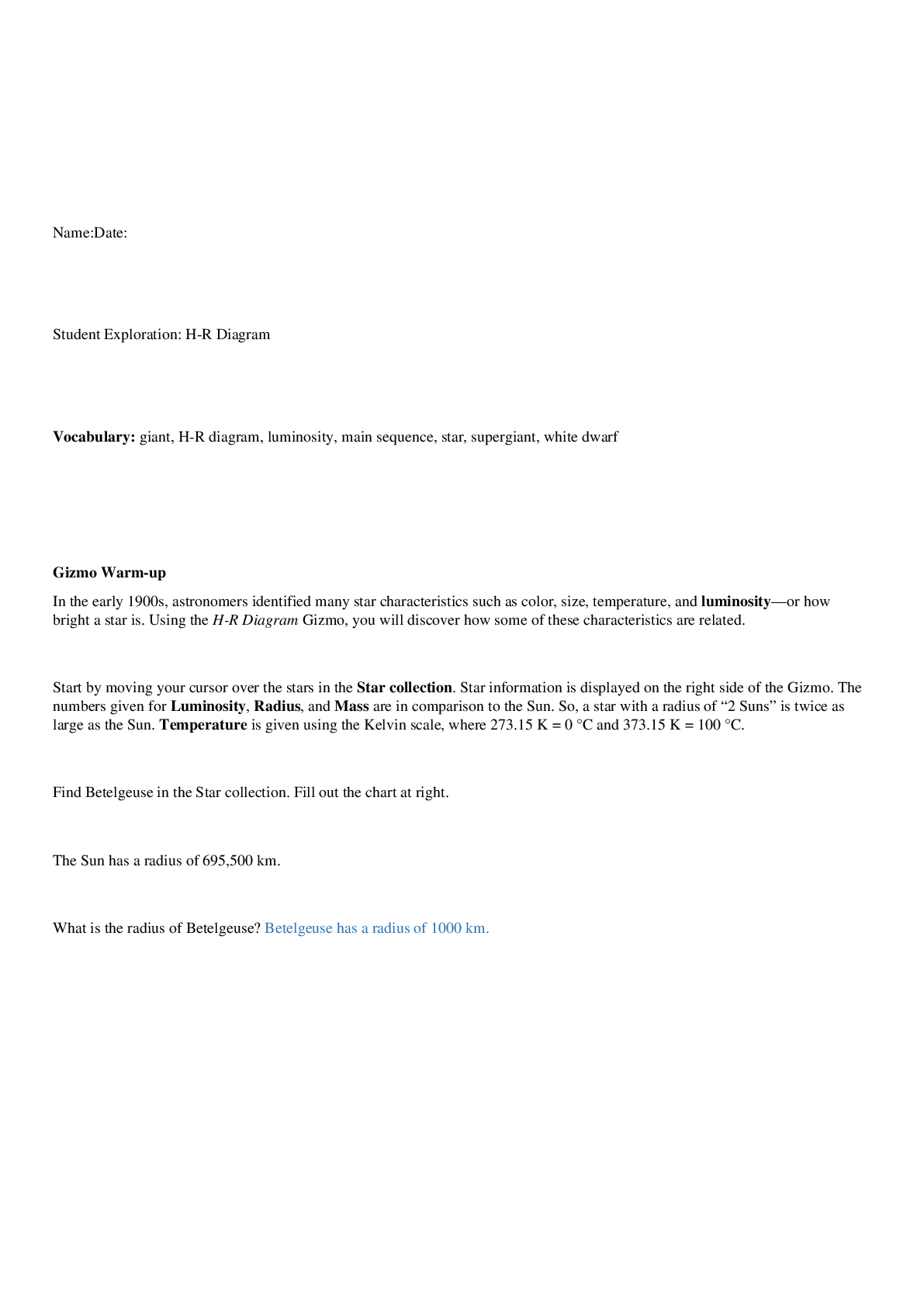
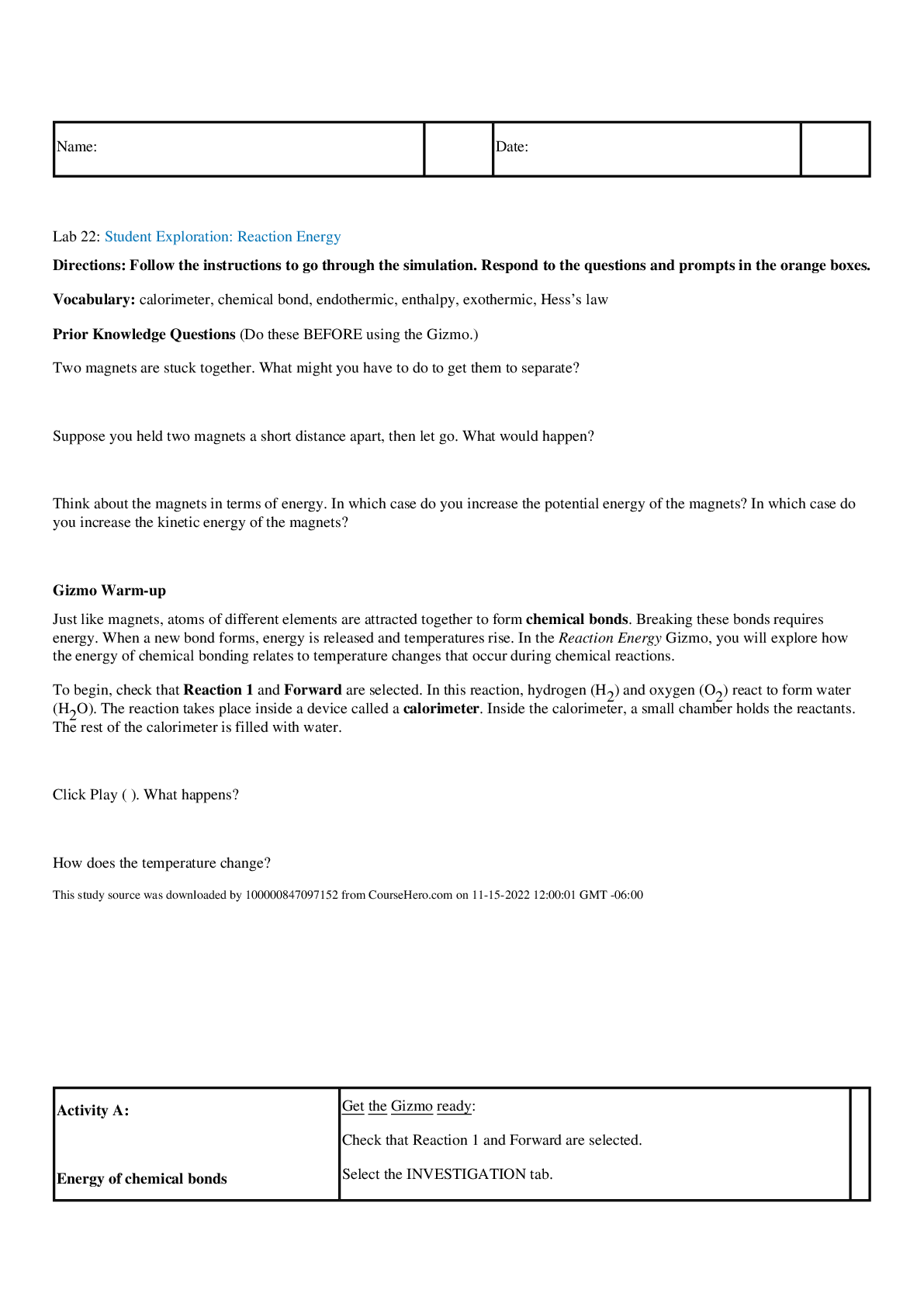
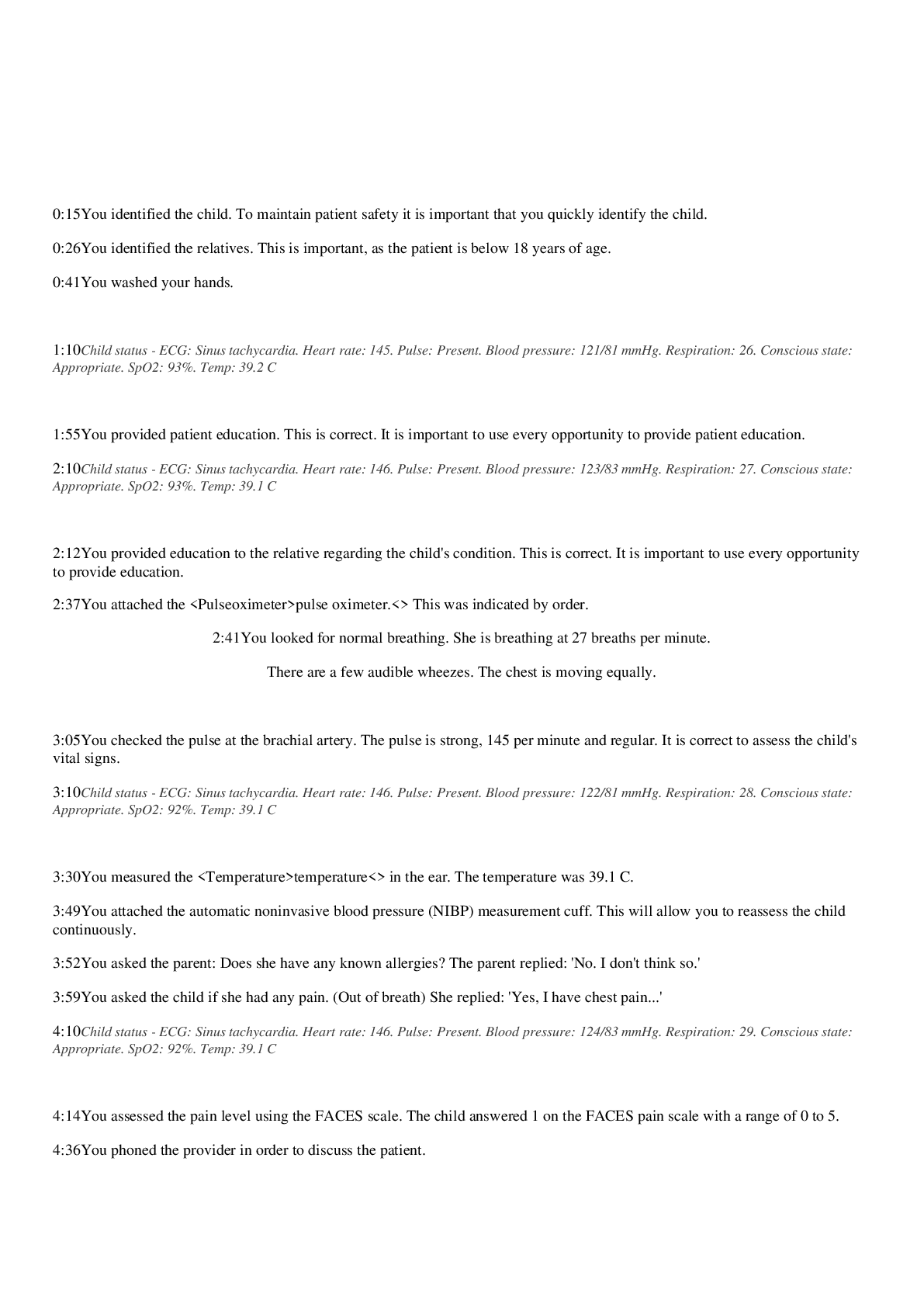
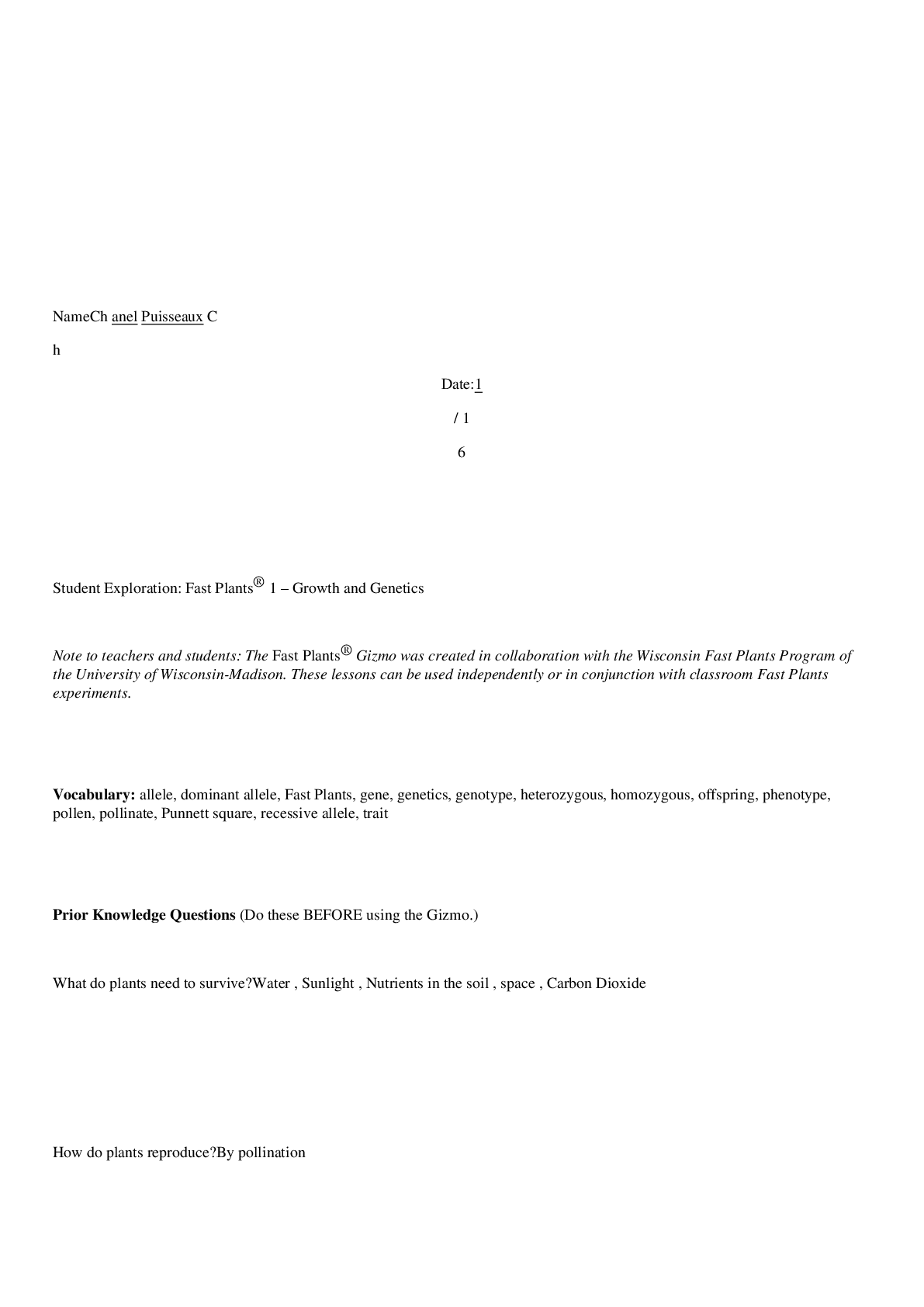

 TEST with Answers.png)
